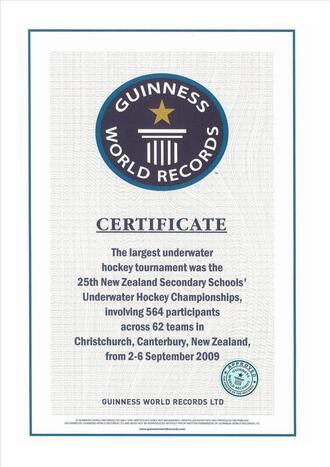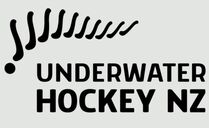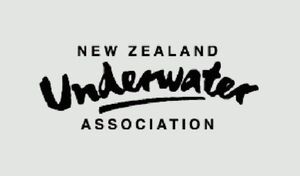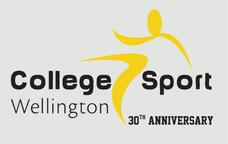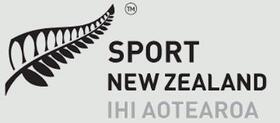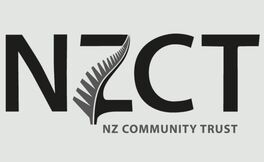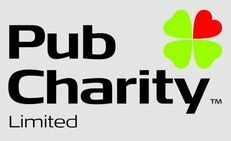History of Underwater Hockey in New ZealandThe first mention of Underwater Hockey in NZ dates to 1963, when some divers in Nelson tried it out. However, it did not become an established sport in New Zealand until the mid-1970s. It is believed that Underwater Hockey was introduced into New Zealand around 1969 – 1970 from South Africa. Competitions among dive clubs started a few years later, it was good snorkelling practice for spearfishing. It was established in Christchurch, Auckland and Wellington. The game followed the South African rules, and was played with the long stick. In 1980, New Zealand followed the rest of the world, and changed to short sticks, and adopted the international rules.
The first club Nationals were held in November 1979 at the Lido pool in Palmerston North. It was attended by 18 teams. Auckland teams dominated, and the national title was won by Blue Fins. In the early years there were A, B and C grades. In 1985, the Premier grade was added, to cater for elite teams that were obviously better than the A grade teams. A Mixed grade has been offered from 1986, with the rule that at any time there can be only three male players in the water. Each year since 1986 a Women’s grade has also been offered, but there have never been enough teams to make it up. Teams entering the Women’s grade have been placed in the Mixed grade. The introduction of schools hockey competitions in the early 1980s was started in Wellington by school teacher Jill Ford, and in Auckland by school teacher Jeanette Bell, many students found enjoyment in this new sport and now few of New Zealand’s underwater hockey players enter the sport via dive clubs. The Wellington Secondary Schools League was started in 1982 at Freyberg Pool. The first league winners were Wellington High School in the Boys Division and Wellington East Girls College in the Girls Division. In 1984 Jill invited Jeanette to take a team to Wellington and schools nationals was started. It was a minibus load of players from Glendowie College on a weekend road trip to play underwater hockey in Wellington. The students were billeted by the Wellington teams and played round robin games on Saturday and a Wellington versus Auckland match followed by food and a prizegiving on Sunday before heading back home. As the sport grew, teams from different schools and regions entered. The Schools League moved from Freyberg Pool to the Wellington Regional Aquatic Centre in 1989. Until 1997 the schools championships was held in Wellington as it was the most central venue in New Zealand. Teams didn’t have to qualify, they just went if they wanted to, and they went in buses, not planes, from Auckland to Wellington because airfares were so expensive. In 1998 Tristan Reynard, the schools underwater hockey development officer, introduced the junior grades and qualifying tournaments. this laid the foundations of schools nationals we know and love today. Underwater Hockey Sticks or Bats In the 80’s and 90’s players had to make their own sticks, out of wood – which meant there was scope for original designs, and the sticks needed painting before every tournament because the paint would wear off quickly in the pool. We all made our own gloves, often out of gardening gloves and silicone. The Hocking family developed the ‘Dorsal’ stick, the first commercially made plastic sticks in New Zealand. Following on from these pioneers, Benson Taylor Wolf, Ben Tilley, Nick Hobson and Liam Watson, became the new wave of underwater hockey designers. They developed new styles of sticks and experimented with materials and moulds. From them came ‘Snorkel Battle Extreme’, ‘Hydro UWH' and refinements in coaching and playing tactics. Also on the world stage is Tristan Reynard, now the Tournament director of the CMAS Underwater Hockey Commission. He is responsible for running the World Championships. Although it has grown, the sport is still relatively small and still social. Underwater hockey players get to know other players from all over New Zealand and form lasting friendships. This has not changed as the years have gone by. The well-developed structure of the schools programme with qualifying tournaments and nationals for the top forty teams is unique in the world. Our schools system provides the foundation for New Zealand to be a world champion in underwater hockey. Our schools’ competition provides opportunities for young players to aspire to become world champion senior players and some of you at this tournament will represent New Zealand in the future. |
|
|
New Zealanders have always been at the forefront of underwater hockey. Murray Brooks, who was the world chief referee and involved with CMAS underwater for 29 years, wrote the referees manual. Dave Parore designed and produced the barriers and pool trolleys and the world renowned orange ‘Parore’ puck. The Stoke brothers produced the first electronic underwater hockey timers and were the first to film underwater games. Jill Ford set up schools nationals.
All these people, along with many others, entered the sport as players and have generously and voluntarily supported, improved and helped develop underwater hockey in New Zealand and influenced underwater hockey world wide. Underwater hockey would welcome more school teachers who are passionate about the sport and willing to promote it in their schools. We would also love more two metre deep pools with tiled bottoms. The loss of the QEII Aquatic Centre in the Christchurch earthquakes, (venue of the 25th open entry Underwater Hockey Championships where 62 teams competed, and achieved a Guinness World Record for the largest underwater hockey tournament in the world), has had a serious impact on schools underwater hockey in Christchurch and nationally. |
|
Mini Underwater Hockey League
In 1998, Huia Pool approached the Wellington Underwater Hockey Association (WUHA) to run conjointly NZUA Mini Underwater Hockey Courses at Huia Pool on a commercial basis under their Swim City programme.
In 1999, the WUHA's Schools Development Officer, Tristan Reynard developed Mini Underwater Hockey League Nights at Huia Pool, Lower Hutt. The first even was held on the 6th November with eight teams from Hutt International Boys School, Hutt Intermediate School, Newlands Intermediate School, Queen Margaret College and Wellesley College.
The participation has continued to increase with teams generally having a maximum of 12 players with up to 12 teams participating in each event. The events are stand alone and happen at various dates throughout the year that fit around the Underwater Hockey Tournament Calendar.
In 1998, Huia Pool approached the Wellington Underwater Hockey Association (WUHA) to run conjointly NZUA Mini Underwater Hockey Courses at Huia Pool on a commercial basis under their Swim City programme.
In 1999, the WUHA's Schools Development Officer, Tristan Reynard developed Mini Underwater Hockey League Nights at Huia Pool, Lower Hutt. The first even was held on the 6th November with eight teams from Hutt International Boys School, Hutt Intermediate School, Newlands Intermediate School, Queen Margaret College and Wellesley College.
The participation has continued to increase with teams generally having a maximum of 12 players with up to 12 teams participating in each event. The events are stand alone and happen at various dates throughout the year that fit around the Underwater Hockey Tournament Calendar.
